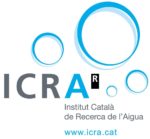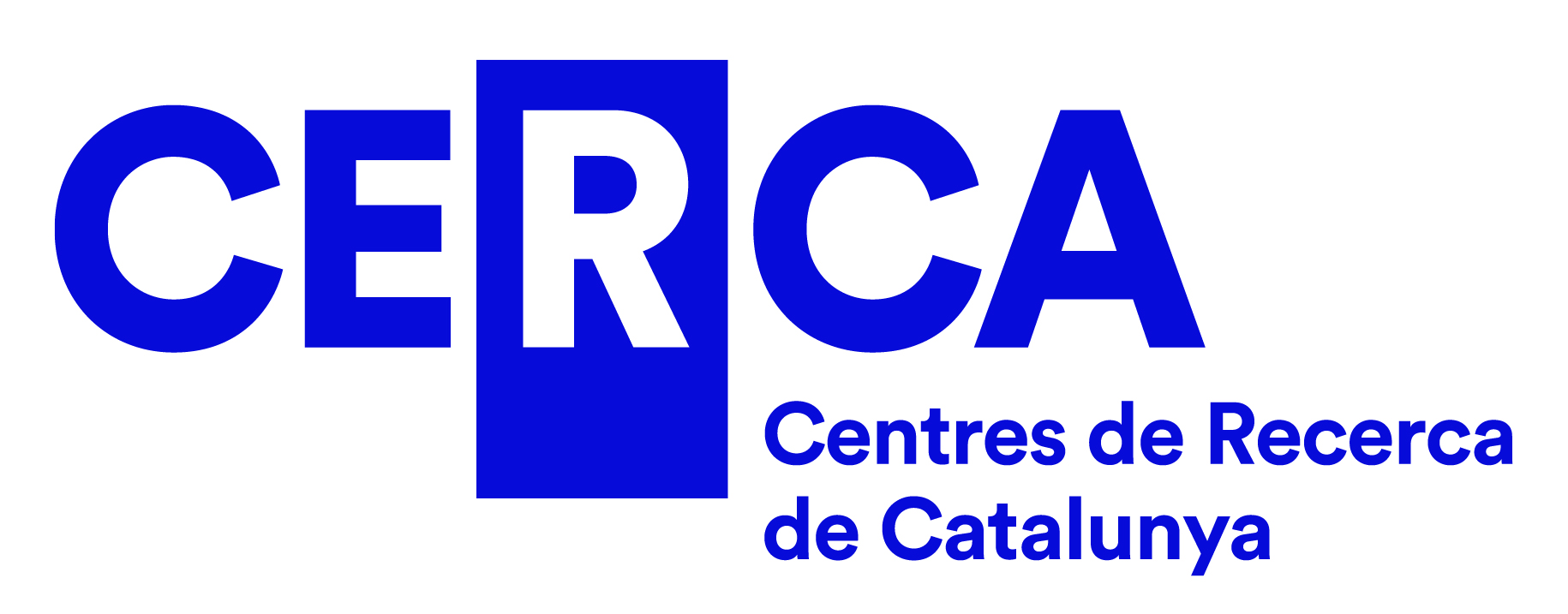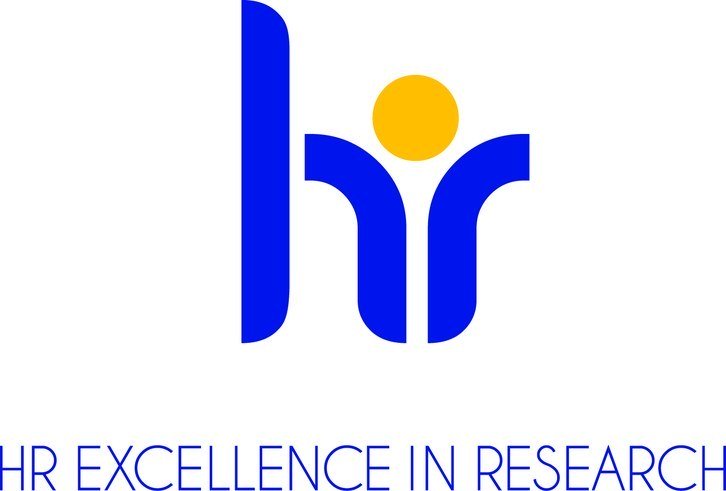Services

The application of molecular techniques such as PCR and qPCR, allow the detection and quantification of any target gene in user samples. The UTBM has specialized in the quantification of resistance genes of a wide range of antibiotic families (ARGs), in line with the compounds that are detected by the UEM, promoting the transversality of the laboratories that make up the SCT.
The UTBM also has a Radioactive Facility with non-encapsulated sources, which allows the study of the radionuclides 3H, 14C, 35< /sup>S utilitzant equipament recommanat per móstres on es requierixi high nivell de sensibilitat.










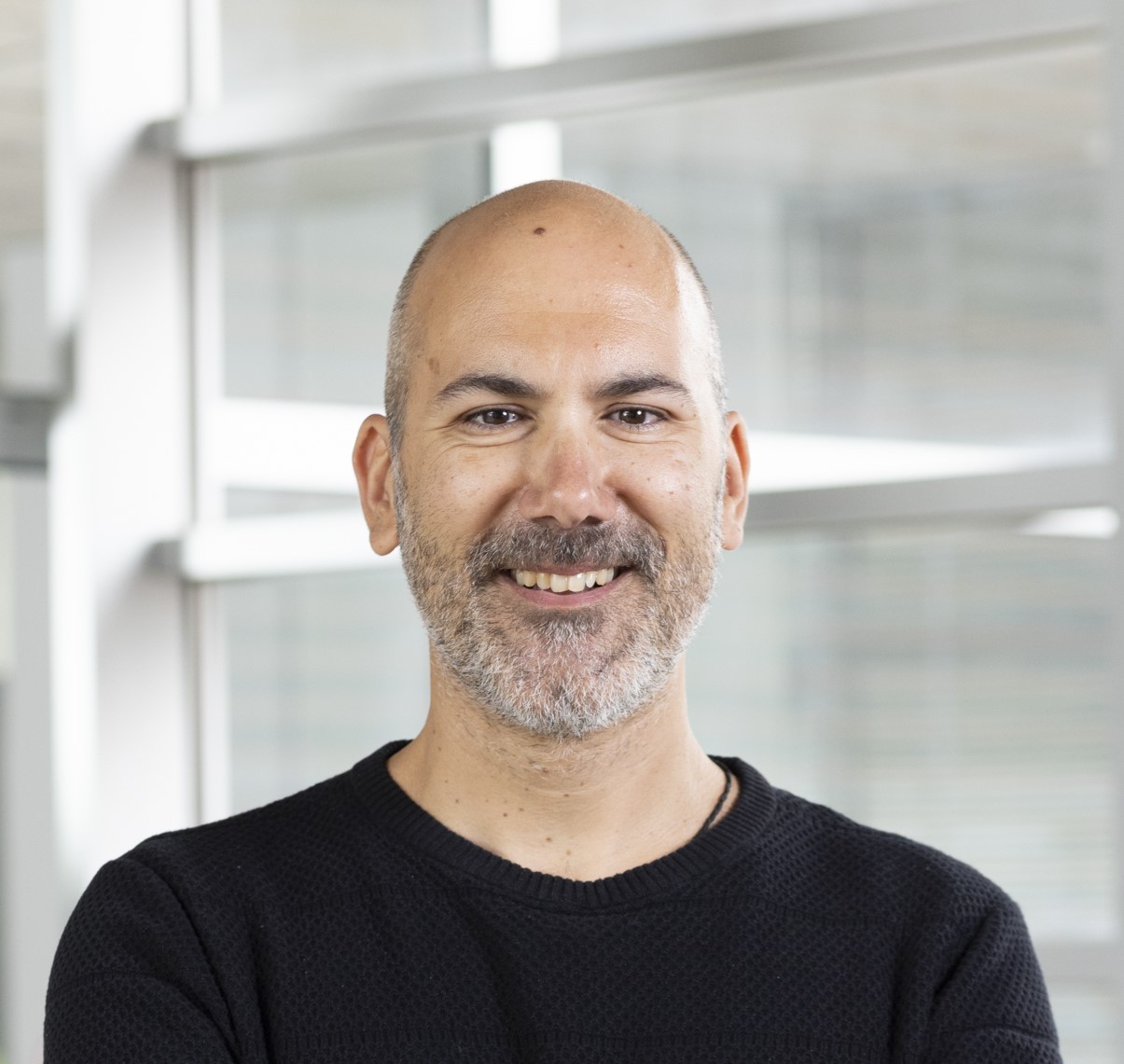
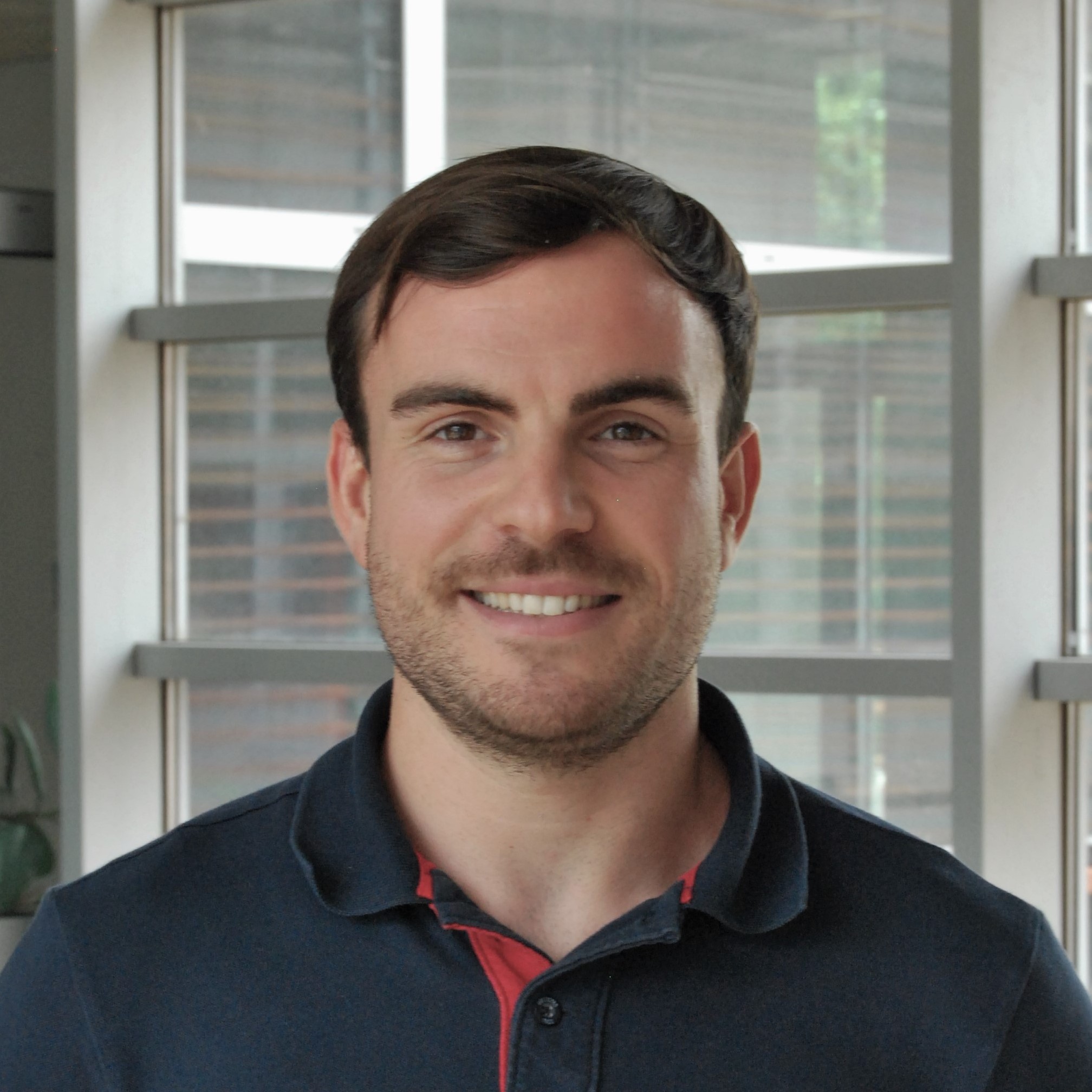
| Cookie | Duration | Description |
|---|---|---|
| cookielawinfo-checkbox-analytics | This cookie is set by the GDPR Cookie Consent plugin. The cookie is used to store the user's consent for the cookies in the "Analytics" category. | |
| cookielawinfo-checkbox-functional | The cookie is set by GDPR cookie consent to record the user consent for the cookies in the "Functional" category. | |
| cookielawinfo-checkbox-necessary | This cookie is set by the GDPR Cookie Consent plugin. The cookies are used to store the user consent for the cookies in the "Necessary" category. | |
| cookielawinfo-checkbox-others | This cookie is set by the GDPR Cookie Consent plugin. The cookie is used to store the user consent for the cookies in the category "Other. | |
| cookielawinfo-checkbox-performance | This cookie is set by the GDPR Cookie Consent plugin. The cookie is used to store the user's consent for the cookies in the "Performance" category. | |
| viewed_cookie_policy | The cookie is set by the GDPR Cookie Consent plugin and is used to store whether or not the user has consented to the use of cookies. It does not store any personal data. |
| Cookie | Duration | Description |
|---|---|---|
| cookielawinfo-checkbox-analytics | This cookie is set by the GDPR Cookie Consent plugin. The cookie is used to store the user's consent for the cookies in the "Analytics" category. | |
| cookielawinfo-checkbox-functional | The cookie is set by GDPR cookie consent to record the user consent for the cookies in the "Functional" category. | |
| cookielawinfo-checkbox-necessary | This cookie is set by the GDPR Cookie Consent plugin. The cookies are used to store the user consent for the cookies in the "Necessary" category. | |
| cookielawinfo-checkbox-others | This cookie is set by the GDPR Cookie Consent plugin. The cookie is used to store the user consent for the cookies in the category "Other. | |
| cookielawinfo-checkbox-performance | This cookie is set by the GDPR Cookie Consent plugin. The cookie is used to store the user's consent for the cookies in the "Performance" category. | |
| viewed_cookie_policy | The cookie is set by the GDPR Cookie Consent plugin and is used to store whether or not the user has consented to the use of cookies. It does not store any personal data. |
